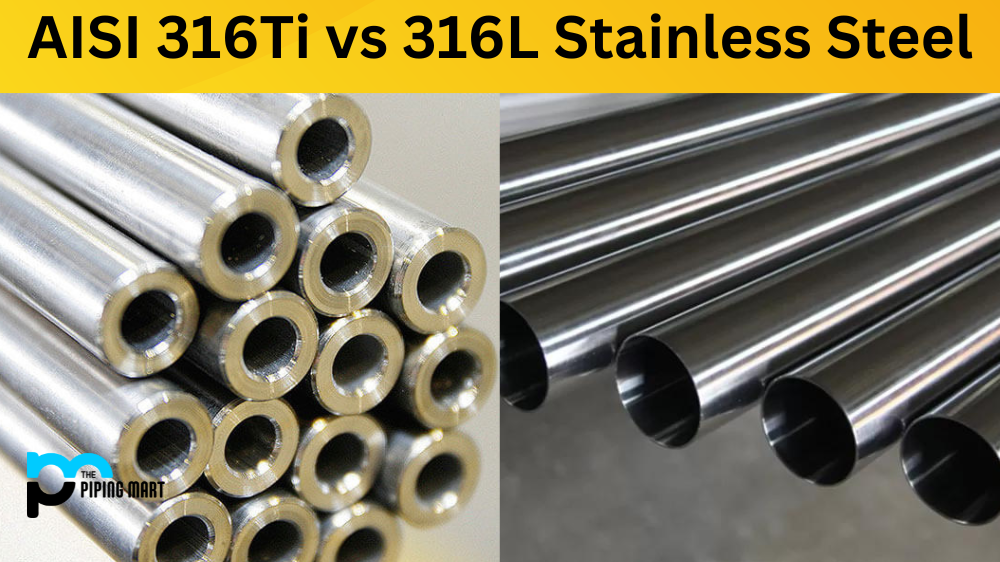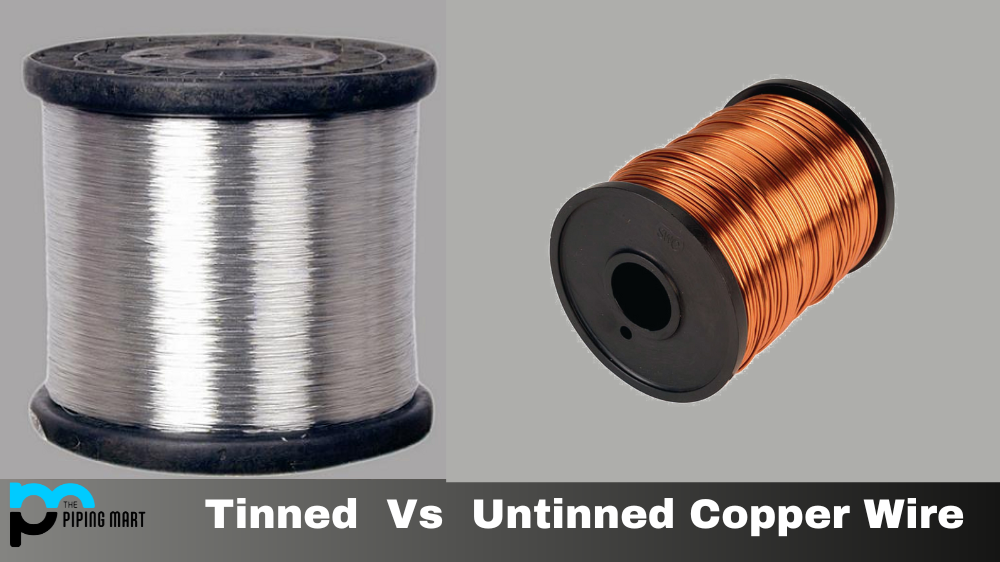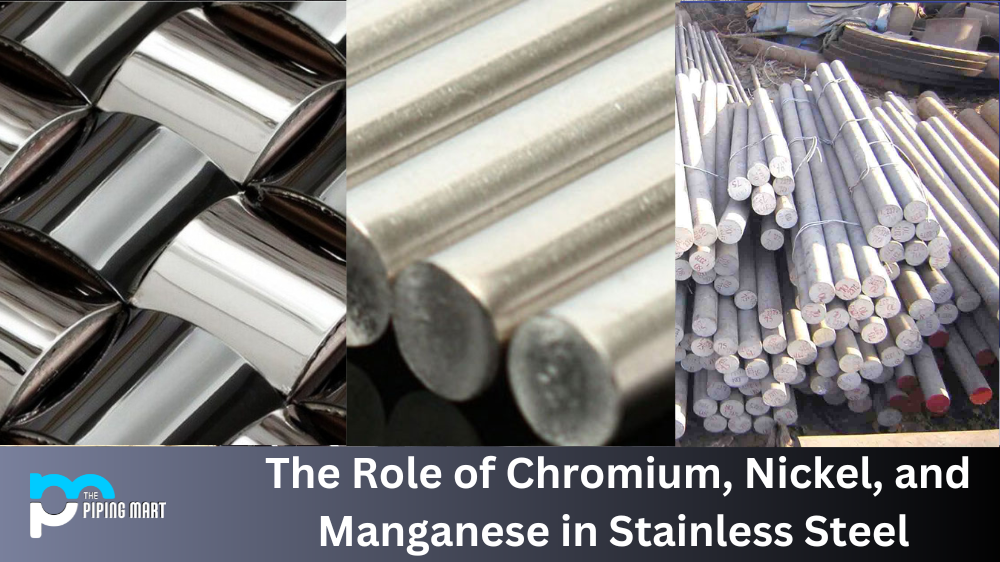If you are looking for stainless steel with superior corrosion resistance, you need to know the difference between two of the most popular alloys: AISI 316Ti and AISI 316L. Both of these alloys offer excellent corrosion resistance and strength, but there are some important distinctions between them that you should be aware of before making a decision. Let’s take a closer look at each alloy.
AISI 316TI Alloy
AISI 316Ti is a titanium-stabilized version of Type 316 stainless steel. This alloy contains molybdenum, which increases its overall corrosion resistance by improving its pitting resistance in chloride environments. It also includes titanium, which adds further protection from chloride ions and increases the temperature range in which it can be used. With an expanded heat tolerance, this alloy is well-suited for applications where temperatures remain relatively high. It is often used in chemical processing equipment and food processing machinery.
AISI 316L Alloy
AISI 316L is a low-carbon version of Type 316 stainless steel. This alloy offers excellent corrosion resistance to acidic environments such as those found in citrus fruits or vinegar. It also has good weldability and formability properties, making it ideal for use in tanks and other enclosures that may need to be sealed or joined together using welding techniques. Additionally, this alloy has higher elasticity than AISI316Ti, which can be more easily formed into shapes and components without cracking or fracturing under stress. It is commonly used in medical instruments and kitchenware due to its ability to resist rusting even when exposed to water or other liquids containing dissolved salts, such as sodium chloride (table salt).
Difference Between AISI 316TI and 316L Stainless Steel
Chemical Composition
The main difference between 316Ti and 316L stainless steel is the composition. 316Ti contains a small amount of titanium, while 316L does not. This is the most crucial difference between these two types of stainless steel.
Corrosion Resistance
Both 316Ti and 316L stainless steel offer excellent corrosion resistance. However, 316L is slightly better than 316Ti in this regard. This is because titanium provides better resistance to pitting and crevice corrosion.
Strength
316Ti and 316L stainless steel both have excellent strength properties. However, 316Ti is slightly stronger than 316L. This is due to the presence of titanium in the composition of 316Ti.
Temperature Resistance
Both 316Ti and 316L stainless steel offer excellent temperature resistance. However, 316Ti is slightly better than 316L in this regard. This is because titanium provides better resistance to high temperatures.
Weldability
Both 316Ti and 316L stainless steel are highly weldable materials. However,316Ti is slightly more weldable than 160L. This is because titanium improves weldability by reducing the risk of weld cracking.
Cost
The cost of 16Ti and 316L stainless steel are similar. However,316Ti may be slightly more expensive than 160L because it contains titanium.
Conclusion:
Both AISI316TI and AISI316L stainless steels offer excellent corrosion resistance, but they have different strengths that make them better suited for specific applications than others. For example, if your project requires a high degree of heat tolerance, then AISI316TI may be the better option due to its greater heat tolerance; however, if you need increased formability, then AISI316L may be the right choice due to its higher ductility levels compared to that of AISI316TI. Ultimately, choosing between these two alloys will depend on your project’s specific requirements, so you must research before selecting one. Knowing how each alloy performs will help you choose the best material for your project’s needs!

Abhishek is a seasoned blogger and industry expert, sharing his insights and knowledge on various topics. With his research, Abhishek offers valuable insights and tips for professionals and enthusiasts. Follow him for expert advice on the latest trends and developments in the metal industry.




